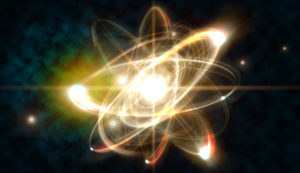
The U.S. military lags behind both Russia and China in building and fielding low-yield nuclear weapons and can address that gap by diversifying the military's nuclear options, the head of U.S. Strategic Command told Congress on Thursday. Air Force Gen. Anthony Cotton, in charge of U.S. nuclear forces since December, said he launched a review of the nation’s nuclear capabilities as soon as he took the job. That review highlighted a “strategic gap or challenge” in the availability of low-yield,…













